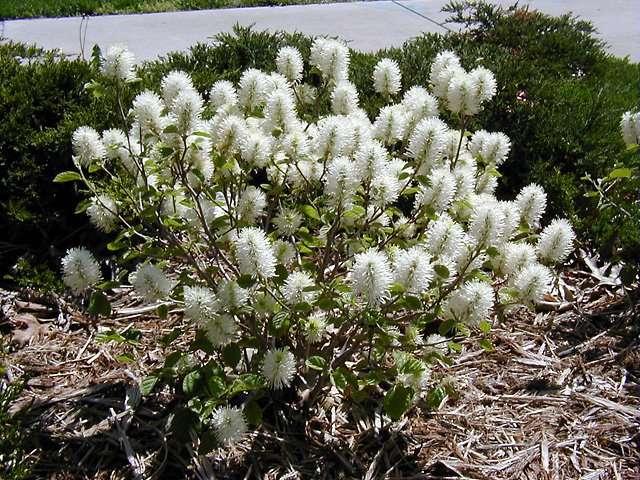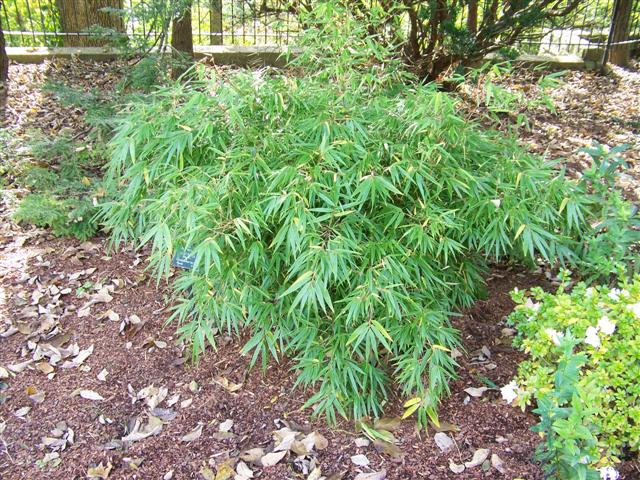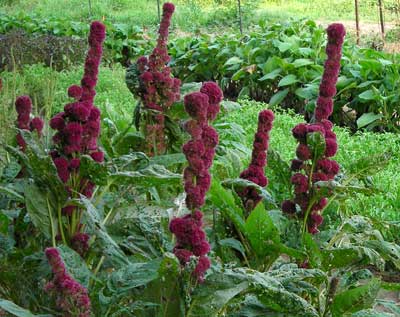In honor of 12/12/12 a couple of weeks ago, I'm rounding out my '12 New _____ Plants' to try during 2013 with a list of trees or shrubs. You can see the other two 12-lists by scrolling down.
12 New or Different Trees or Shrubs to try in 2013
- Yellowwood -- a spring-flowering, overlooked native plant, yellowwood was featured in the UK College of Ag's AgMag this fall.
- Cryptomeria (Japanese cedar) -- makes a great screen plus it's different! Try it!
- Green Panda Bamboo TM -- a great non-invasive bamboo
- Buttonbush -- thrives in wet areas but grows very well in non-soppy areas too
- Goldenraintree -- not my favorite but it's easy and different and not at all a bad plant
- Lacebark pine -- what's not to like? It's a pine AND it has exfoliating bark.
- Ginkgo -- get a male cultivar like 'Autumn Gold' but there are others
- Doublefile Viburnum -- impresses me more and more each time I see one.
- Chastetree -- interesting compound leaves (remind you of marijuana), provides purple blooms June/July through frost and the bees love it!
- Japanese zelkova -- this is just a good street tree, very tolerant of urban conditions. In Somerset, these can be seen more around businesses but they lend themselves well to just being in someone's yard as a shade tree.
- Fothergilla -- I just love these plants. Extremely nice fall color, wonderful spring blooms.
- Virginia sweetspire -- if you need a plant to fill in an area in 3 to 4 years, with white bottebrush blooms and red fall color, you want this one. 'Little Henry' is a good dwarf selection.
 |
| Doublefile viburnum |
 |
Dwarf fothergilla
 | |||||||||||
| Green Panda bamboo |

































